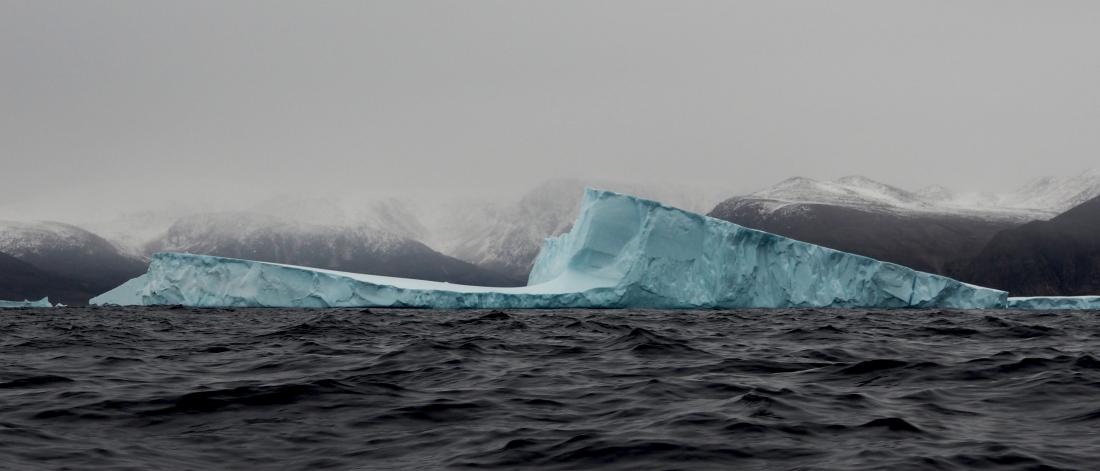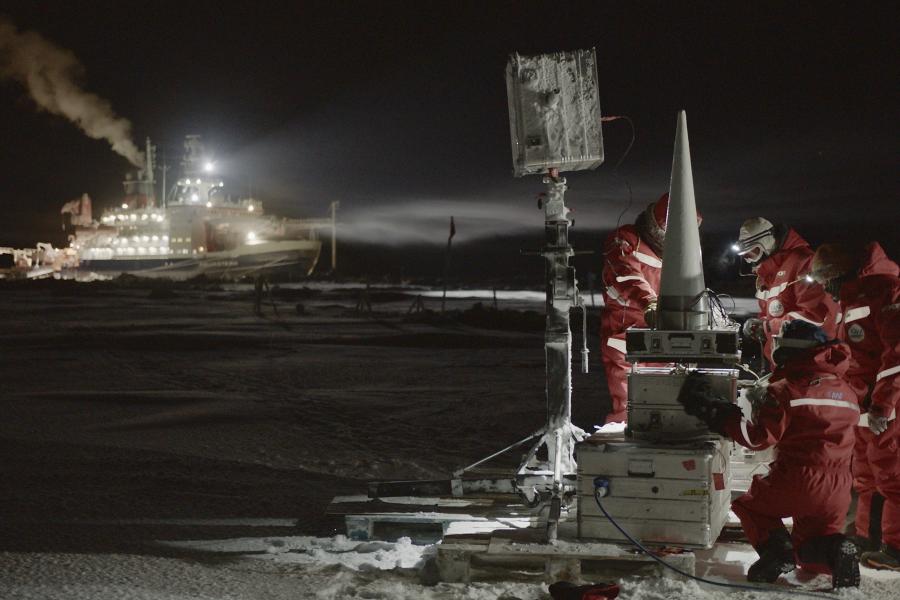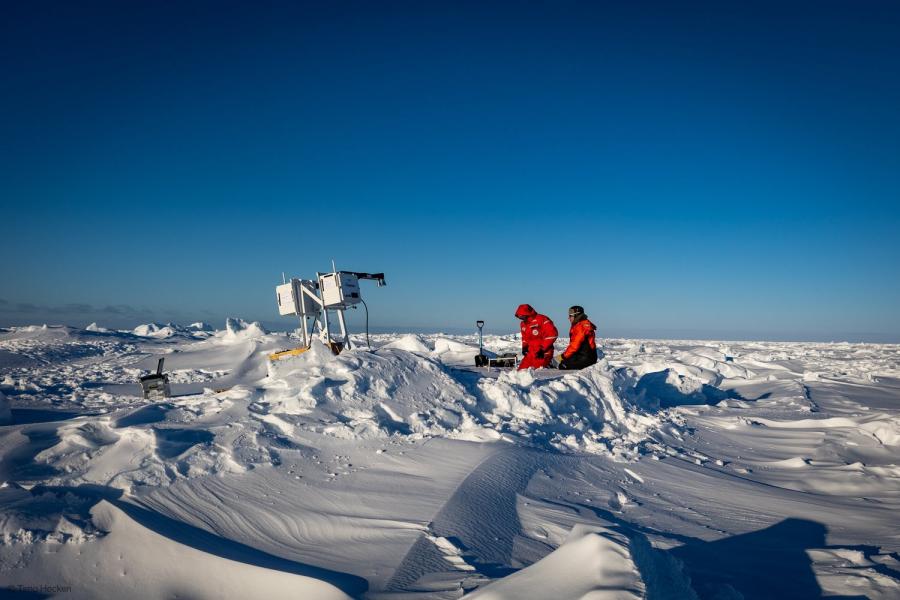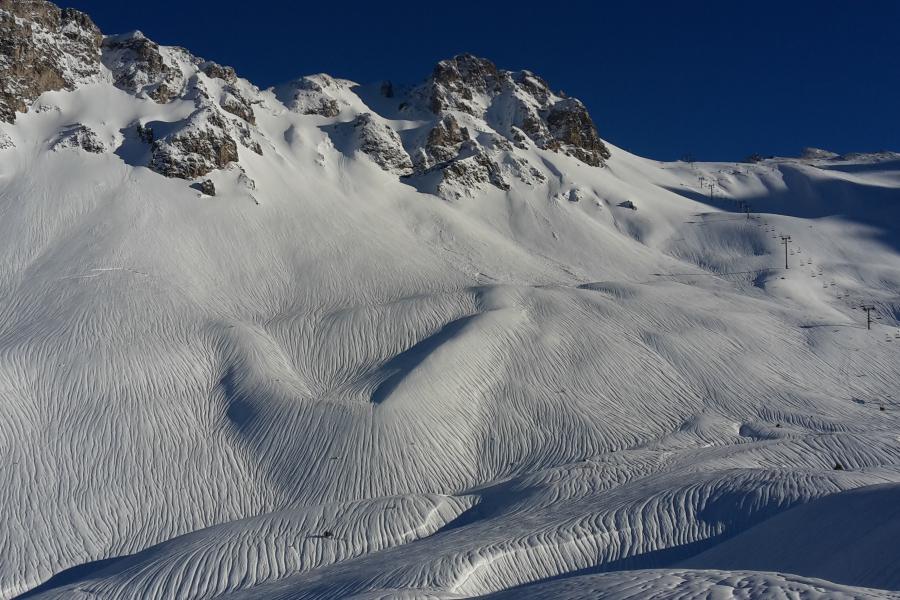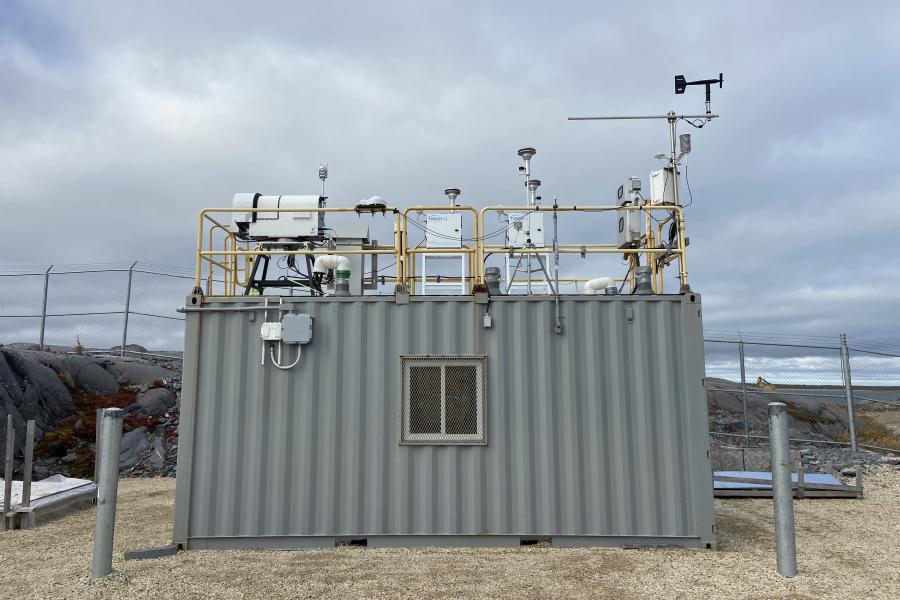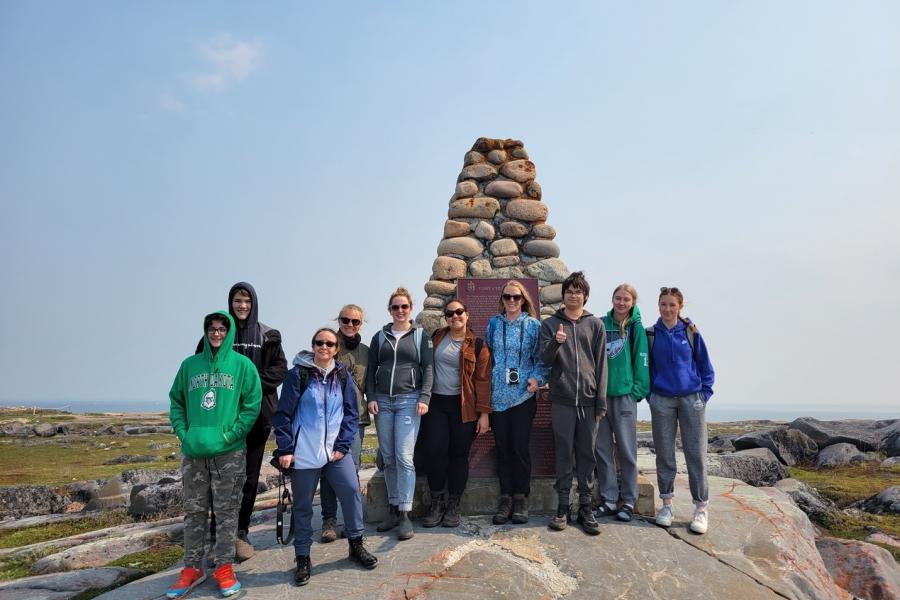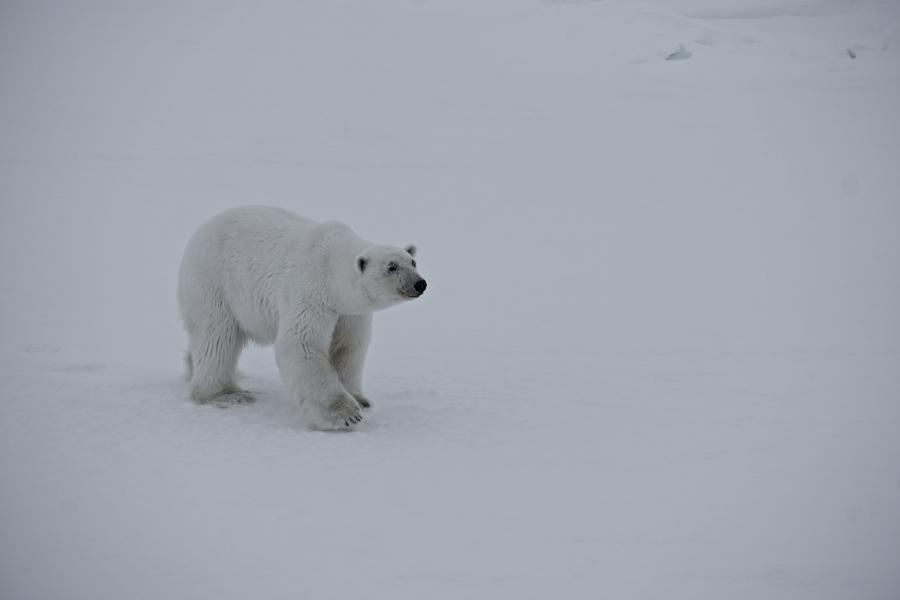Related UM Today Articles
Scientists predict localized extinction of Hudson Bay polar bears if Paris Climate Agreements are breached
Prospects for polar bears in Hudson Bay
Ice, ice, maybe
Rainfall in the Arctic will soon be more common than snowfall
Five things to watch for in the latest IPCC report on climate science
Arctic open-water periods are projected to lengthen dramatically by 2100, UM study
Key publications
Connecting climate science and society: reflections from early and mid-career researchers at the World Climate Research Programme Open Science Conference 2023
Díaz Leandro B., Gulizia Carla, Jain Shipra, Langendijk Gaby S., Palanisamy Hindumathi, Rabanal Valentina, Charlton Candice S., Dajuma Alima, Donkor Felix K., Egbebiyi Temitope S., Kondi Akara Ghafi, Jrrar Amna, Siddiqui Md Rezwan, Brahim Yassine Ait, Angnuureng Bapentire D., Anschütz Anna-Adriana, Awo Founi M., Builes-Jaramillo Alejandro, Cobb Alison, Diallo Mohamadou A., Er-Retby Houda, Fotso-Nguemo Thierry C., Gwinneth Benjamin, Gudoshava Masilin, Kemgang Ghomsi Franck E., Leyba Inés M., Lguensat Redouane, Mahon Roché, Mandal Shailendra K., Mumo Lucia, Muzuva Meshel, Nonki Rodric M., Rivera Juan A., Segnon Alcade C., Tanimoune Laouali I., Zauisomue Erlich-Honest E. I., Siame Gilbert. (2025). Connecting climate science and society: reflections from early and mid-career researchers at the World Climate Research Programme Open Science Conference 2023, Frontiers in Climate, 6, 19 January 2025, https://doi.org/10.3389/fclim.2024.1501216.
Ice-free period too long for Southern and Western Hudson Bay polar bear populations if global warming exceeds 1.6 to 2.6 °C
Stroeve, J., Crawford, A., Ferguson, S. et al. Ice-free period too long for Southern and Western Hudson Bay polar bear populations if global warming exceeds 1.6 to 2.6 °C. Commun Earth Environ 5, 296 (2024). https://doi.org/10.1038/s43247-024-01430-7.
Exploring steric sea level variability in the Eastern Tropical Atlantic Ocean: a three-decade study (1993–2022)
Ghomsi, F.E.K., Mohamed, B., Raj, R.P. et al. Exploring steric sea level variability in the Eastern Tropical Atlantic Ocean: a three-decade study (1993–2022). Sci Rep 14, 20458 (2024). https://doi.org/10.1038/s41598-024-70862-0.
Reduced sea ice enhances intensification of winter storms over the Arctic Ocean.
Crawford, A., Lukovich, J., McCrystall, M., Stroeve, J., & Barber, D. (2022). Reduced sea ice enhances intensification of winter storms over the Arctic Ocean. Journal of Climate, 1-39.
Arctic open-water periods are projected to lengthen dramatically by 2100.
Crawford, A., Stroeve, J., Smith, A., & Jahn, A. (2021). Arctic open-water periods are projected to lengthen dramatically by 2100. Communications Earth & Environment, 1-10.
Simulated impacts of relative climate change and river discharge regulation on sea ice and oceanographic conditions in the Hudson Bay Complex.
Lukovich, J., Jafarikhasragh, S., Myers, P., Ridenour, N., Guardia, L. d., Stadnyk, T., . . . Stroeve, J. (2021). Simulated impacts of relative climate change and river discharge regulation on sea ice and oceanographic conditions in the Hudson Bay Complex. Elementa Science of the Anthropocene.
Summer extreme cyclone impacts on Arctic sea ice.
Lukovich, J., Stroeve, J., Crawford, A., Hamilton, L., Tsamados, M., & Massonnet, F. (2021). Summer extreme cyclone impacts on Arctic sea ice. Journal of Climate, 4817-4834.
A baseline evaluation of atmospheric and river discharge conditions in the Hudson Bay Complex during 2016-2018.
Lukovich, J., Tefs, A., Jafarikhasragh, S., Pennelly, C., Myers, P., Stadnyk, T., . . . Stroeve, J. (2021). A baseline evaluation of atmospheric and river discharge conditions in the Hudson Bay Complex during 2016-2018.
Arctic Winter Temperature Variations Correlated With ENSO Are Dependent on Coincidental Sea Ice Changes.
McCrystall, M., & Screen, J. (2021). Arctic Winter Temperature Variations Correlated With ENSO Are Dependent on Coincidental Sea Ice Changes. Geophysical Research Letters.
New climate models reveal faster and larger increases in Arctic precipitation than previously projected.
McCrystall, M., Stroeve, J., Serreze, M., Forbes, B., & Screen, J. (2021). New climate models reveal faster and larger increases in Arctic precipitation than previously projected. Nature Communications, 1-12.
Surface salinity under transitioning ice cover in the Canada Basin: Climate model biases linked to vertical distribution of fresh water.
Rosenblum, E., Fajber, R., Stroeve, J., Gille, S., Tremblay, L., & Carmack, E. (2021). Surface salinity under transitioning ice cover in the Canada Basin: Climate model biases linked to vertical distribution of fresh water. Geophysical Research Letters.
Freshwater input and vertical mixing in the Canada Basin's seasonal halocline: 1975 versus 2006-2012.
Rosenblum, E., Stroeve, J., Gille, S., Lique, C., Fajber, R., Tremblay, L., . . . Lukovich, J. (2022). Freshwater input and vertical mixing in the Canada Basin's seasonal halocline: 1975 versus 2006-2012. Journal of Physical Oceanography.
Rain-on-snow (ROS) understudied in sea ice remote sensing: A multi-sensor analysis of ROS during MOSAiC.
Stroeve, J., Nandan, V., Willatt, R., Dadic, R., Rotosky, R., & Gallagher, M. (2022). Rain-on-snow (ROS) understudied in sea ice remote sensing: A multi-sensor analysis of ROS during MOSAiC. The Cryosphere Discussions, 1-42.
A multi-sensor and modeling approach for mapping light under sea ice during the ice-growth season.
Stroeve, J., Vancoppenolle, M., Veyssiere, G., Lebrun, M., & Castellani, G. (2021). A multi-sensor and modeling approach for mapping light under sea ice during the ice-growth season. Frontiers in Marine Science.

